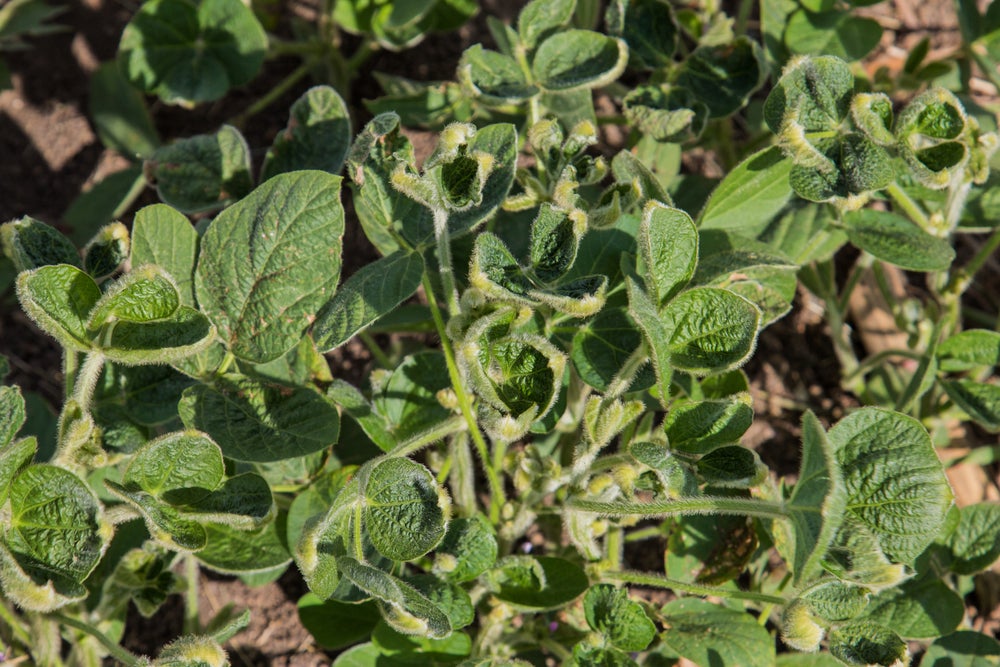Published originally here in November 2022
Nia M Johnson, Regina S Baucom
Abstract
Natural populations evolve in response to biotic and abiotic changes in their environment, which shape species interactions and ecosystem dynamics. Agricultural systems can introduce novel conditions via herbicide exposure to non-crop habitats in surrounding fields. While herbicide drift is known to produce a variety of toxic effects in plants, little is known about its impact on nontarget wildlife species interactions. In a two-year study, we investigated the impact of herbicide drift on plant–herbivore interactions with common weed velvetleaf (Abutlion theophrasti) as the focal species. The findings reveal a significant increase in the phloem-feeding silverleaf whitefly (Bermisia tabaci) abundance on plants exposed to herbicide at drift rates of 0.5% and 1% of the field dose. We also identified a significant phenotypic trade-off between whitefly resistance and herbicide resistance in addition to whitefly resistance and relative growth rate in the presence of dicamba drift after increasing the populations grown in Year 2. In a follow-up greenhouse study, we found evidence that dicamba drift at 0.5% of the field dose significantly increased the average chlorophyll content (in milligrams per square centimeter) along with a positive correlation between whitefly abundance and chlorophyll content. Overall, these findings suggest herbicide exposure to nontarget communities can significantly alter herbivore populations, potentially impacting biodiversity and community dynamics of weed populations found at the agro-ecological interface.



